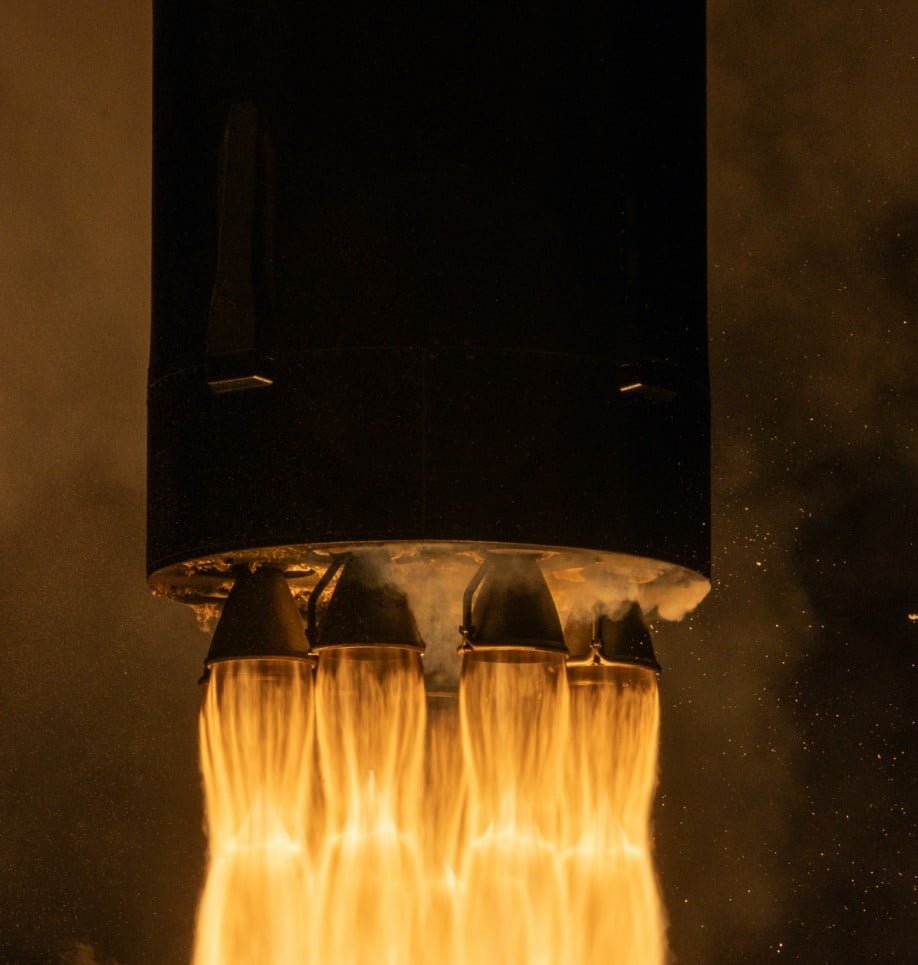On Saturday, NASA launched the first of a pair of climate satellites designed to study heat emissions at Earth’s poles, in a project dubbed the PREFIRE (Polar Radiant Energy in the Far-InfraRed Experiment) mission.
The space agency launched the two shoebox-size cube satellites, or CubeSats, from its Launch Complex 1 in Māhia, New Zealand, which will measure the amount of heat Earth radiates into space from two of the coldest, most remote regions on the planet.
NASA shared that the data retrieved from the mission will assist researchers in better predicting how the Earth’s ice, seas, and weather will change in a warming world.
According to Karen St. Germain, Director of NASA’s Earth Science Division in Washington, the PREFIRE mission will “fill a gap” in our understanding of the Earth system, providing scientists with a “detailed picture” of how Earth’s polar regions influence how much energy our planet absorbs and releases.”
“This will improve prediction of sea ice loss, ice sheet melt, and sea level rise, creating a better understanding of how our planet’s system will change in the coming years — crucial information to farmers tracking changes in weather and water, fishing fleets working in changing seas, and coastal communities building resilience,” explained St. Germain.
According to NASA, the Earth’s energy budget is the central focus of the mission, which is the balance between incoming heat energy from the Sun and the outgoing heat given off by the planet.
The difference between the two is what determines the planet’s temperature and climate, it noted.
Much of the heat radiated from the Arctic and Antarctica is emitted as far-infrared radiation, but no detailed measurement of this type of energy currently exists.
The water vapour content of the atmosphere and the presence, structure, and composition of clouds influence the amount of far-infrared radiation that escapes into space from Earth’s poles.
The PREFIRE mission’s data will reportedly give researchers information on where and when far-infrared energy radiates from the Arctic and Antarctic environments into space.
The mission’s CubeSats each carry a thermal infrared spectrometer, which uses specially shaped mirrors and sensors to measure infrared wavelengths.
“Our planet is changing quickly, and in places like the Arctic, in ways that people have never experienced before,” said Tristan L’Ecuyer, PREFIRE’s principal investigator, University of Wisconsin, Madison.
“NASA’s PREFIRE will give us new measurements of the far-infrared wavelengths being emitted from Earth’s poles, which we can use to improve climate and weather models and help people around the world deal with the consequences of climate change.”
The PREFIRE mission was jointly developed by NASA and the University of Wisconsin-Madison, while NASA JPL manages the mission for the agency’s Science Mission Directorate and provided the spectrometers.
Blue Canyon Technologies built the CubeSats and the University of Wisconsin-Madison will process the data the instruments collect, while the launch services provider is Rocket Lab USA Inc.
Rocket Lab Founder and CEO Peter Beck called climate change-focused missions like PREFIRE “essential” to understanding and safeguarding the future of our planet.
Adding: “Missions like PREFIRE demonstrate the unique benefit of Electron – dedicated launch for small satellites to precise orbits on precise schedules. We’ve demonstrated this back-to-back launch capability for NASA once before with the TROPICS mission and we’re excited to deliver it once again for PREFIRE.”NASA’s Launch Services Program is providing the launch service as part of the agency’s Venture-class Acquisition of Dedicated and Rideshare (VADR) launch services contract, in partnership with NASA’s Earth System Science Pathfinder Program.”




